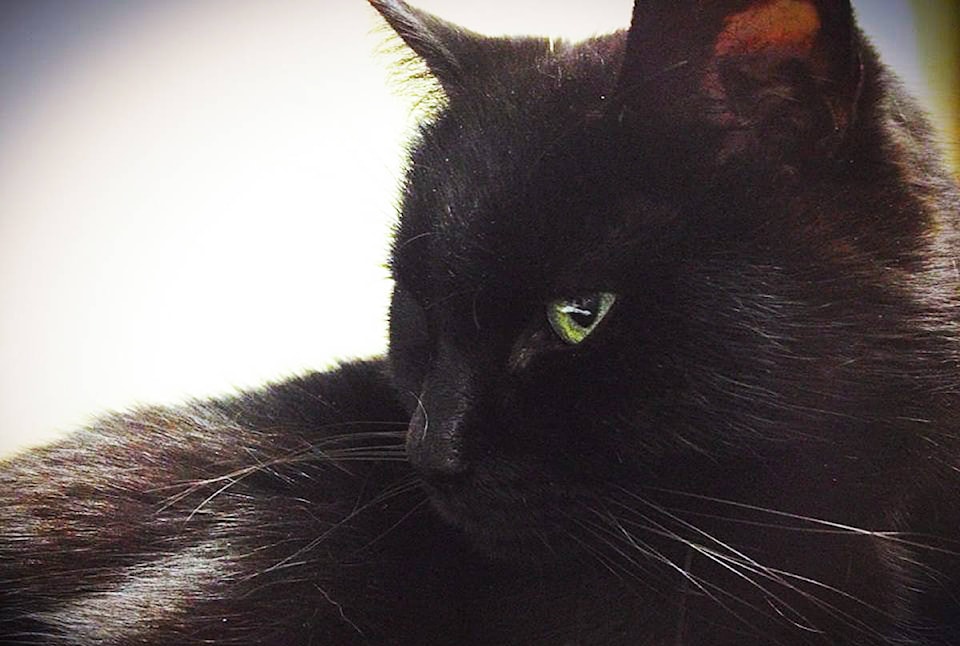The relationship between cats and humans goes back thousands of years.
At different points in time and various places around the globe, cats have either been revered or demonized. There seems to be little middle ground.
Black cats have taken the brunt of human ignorance and prejudice. While other cats were vilified, black cats were thought to be the worst of the bunch.
After many years of co-existing with humans, and even thriving in their care, the positive image of cats began to fade in Europe during the Middle Ages. Cats were not exactly house pets at that time and often slinked around allies looking for food.
More often than not, it was empathetic, lonely women who fed and cared for these animals.
Unfortunately, the hysteria over witchcraft was spreading as quickly as the Black Plague. Cats became enemy No. 1 because of their association with these women, who were often seen as witches.
Black cats were worse simply because of their colour. Witchcraft was black magic, therefore black cats were the most likely to engage in it. It was an ignorant and completely random association.
During the Salem Witch Hunts, many people believed that witches turned themselves into black cats to prowl the city unobserved.
In the 1560s, a story began to circulate that seemed to prove that black cats were transformed witches. A father and son on their way into town ran into a black cat on the road. They decided to throw rocks at it and kick it. The injured and terrified cat ran into a home.
The following day, the father and son were on the same road and came across the same house. A woman came out of the house and she was badly battered and injured.
It, thus, followed that the woman was the cat they had beaten the day before.
Additionally, some argued that black cats worked in cahoots with witches and would change into a human form in order to spy on the witches’ behalf.
As Europeans migrated to North America, they brought these stories with them. They arrived here with the bible and a strong fear of black cats, which were accused of being evil omens, shapeshifters, and harbingers of the dead.
In some places, feeding, housing, or in any way interacting with a black cat was punishable by a bad beating, even death.
Black cats were rounded up and killed by the thousands. In some parts of Europe, they were burned in large pits.
In the 1880s, black cats became associated with anarchy because that movement used a picture of a black cat as its symbol.
In the early 1900s, industrial workers used the image of a black cat to fight the system.
During the First World War, the symbol for sabotage was a black cat.
In some parts of China, the black car represents impending poverty or illness.
To this day, most animal shelters refuse to adopt out black cats around Halloween because they fear for their safety.
In many parts of the world, black cats are still feared.
This long history of negative images and crazy stories is probably part of the reason why black cats are some of the hardest to find homes for.
Black cats usually spend more time in shelters before finding homes than any other type of cat.
It’s not just history, but also the colour. Black is associated with death, illness, evil, darkness. Black dogs are also much harder to adopt out than any other colour.
So even in 2019, these amazing, loving, friendly animals sit and wait for homes because somewhere – deep down, inside us – all those years of stories, images, and associations still linger in our subconscious.
– Magdalena
Romanow is a
volunteer at Katie’s Place, an animal
shelter in
Maple Ridge.
